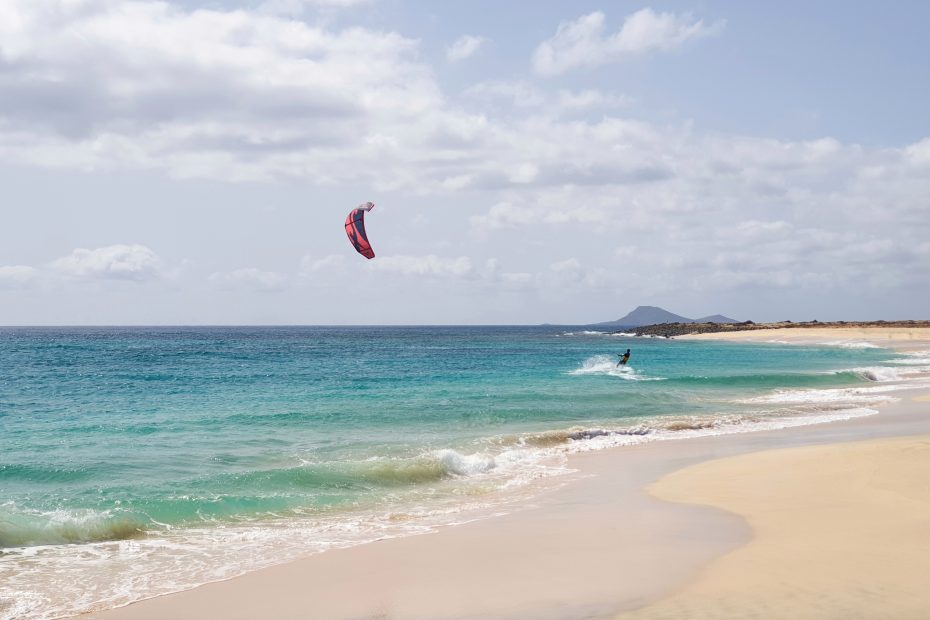Table of Contents
Introduction
Nestled off the west coast of Africa in the middle of the Atlantic Ocean sits the alluring archipelago of Cabo Verde. This island nation captivates visitors with its gorgeous beaches, dramatic landscapes, and an enthralling blend of Portuguese and African cultures. Let’s explore some of the cultural highlights that make Cabo Verde such a compelling destination!
Portuguese and African Influences
Cabo Verde’s unique culture comes from its history as a Portuguese colony and the settlement of the islands by African slaves. This blend has left its mark on the local language, food, and music. While Portuguese is the official language, most Cabo Verdeans also speak the Creole language Crioulo. Traditional dishes like cachupa stew fuse Portuguese and African ingredients. Styles of music range from the melancholic Portuguese ballads called mornas to African-rooted genres like batuque and tabanca.
Captivating Music and Dance
Music and dance are integral parts of everyday life in Cabo Verde. The most popular genre is morna, emotional ballads sung in Crioulo accompanied by string instruments. Folk dances called coladeiras feature uptempo rhythms. For a taste of traditional African culture, catch a high-energy performance of batuque drumming or a parade with tabanca dancers wearing colorful masks. No trip is complete without attending a Carnaval celebration filled with costumed revelers dancing to samba and calypso-inspired rhythms.
Delectable Cuisine
The cuisine of Cabo Verde skillfully combines Portuguese and African influences using local ingredients. Staple foods are corn, beans, rice, and fresh seafood. A typical dish is cachupa, a hearty stew loaded with corn, beans, cassava, and whatever meat or fish is available. For a delightful snack, sample pastel – deep fried pastries stuffed with fish or meat. Don’t miss a chance to splurge on fresh lobster, grilled tuna, or other delightful fruits of the sea!
Vibrant Arts and Crafts
Beyond music and dance, Cabo Verde has a scenic arts and crafts culture. Ceramics are a popular traditional art form, particularly the red clay pots and jars handmade in Ribeira Grande. Intricate woven baskets and textiles come in an array of patterns and designs. Jewelry crafted from shells and stones makes for wonderful souvenirs. Visitors can shop for these handicrafts at local markets brimming with handmade wares.
Scenic Landscapes
With 10 main islands, Cabo Verde’s landscapes range from towering cliffs to lush green valleys. Dramatic rock formations create breathtaking vistas along the coastlines. Miles of gorgeous beaches come in golden, white, and even vivid black sands. Some islands feature forested mountains ideal for hiking. The varied topography provides plenty of natural beauty to admire.
Popular Destinations
Each island has its own flair and attractions. São Vicente dazzles with its music scene and lively carnival festivities. Neighboring Santo Antão wows with amazing mountainous landscapes. Sal entices beach lovers with its world-class water sports. On Fogo, daredevils can trek to the summit of the active volcano. From remote isles to buzzing cultural hubs, there is an ideal island experience for every type of traveler.
Historical and Cultural Sites
Beyond natural scenery, Cabo Verde has places to immerse yourself in history and culture. Cidade Velha, the first European town built in the tropics, is a UNESCO World Heritage site. In the capital Praia, the informative Museu Etnográfico da Praia covers the archipelago’s ethnography. Check out colonial-era structures like the Santiago Fort in Tarrafal and the Fortim d’El Rei in Praia.
Festivals and Events
Time your visit to Cabo Verde right, and you can join in one of the country’s vibrant festivals and events. Carnaval takes place in February with parades, dancing, costumes, and music. May brings the Gamboa Festival featuring live music on the island of Santiago. In November, the São Vicente Music Festival celebrates genres from morna to jazz. New Year’s Eve offers festive fireworks lighting up the night skies above coastal towns.
Conclusion
From the blend of African and Portuguese influences to the breathtaking scenery, Cabo Verde offers an exciting mix of culture, natural beauty, and history just waiting to be discovered. With enticing islands, delectable cuisine, rhythmic music, and more, a visit promises exciting and inspiring experiences. Don’t miss a chance to explore these alluring gems scattered in the Atlantic Ocean off the coast of Africa!
FAQs
What language is spoken in Cabo Verde?
The official language is Portuguese, but most locals also speak Crioulo, a Creole language with African and Portuguese roots. English is spoken in many tourist areas as well.
What is cachupa?
Cachupa is a traditional Cabo Verdean stew made with corn, beans, cassava, and whatever meat or fish is available. It’s considered the national dish.
What are mornas?
Mornas are melancholy, romantic ballads sung in Crioulo and accompanied by acoustic string instruments like guitar and cavaquinho. They are popular folk songs native to Cabo Verde.
When is Carnaval in Cabo Verde?
Carnaval takes place every year in February leading up to Lent. It features festive parades, costumes, music, and dancing.
What are the best islands to visit in Cabo Verde?
Top islands for tourists include Sal and Boa Vista for beaches, São Vicente for culture and nightlife, Santo Antão for hiking, and Fogo to see an active volcano.
